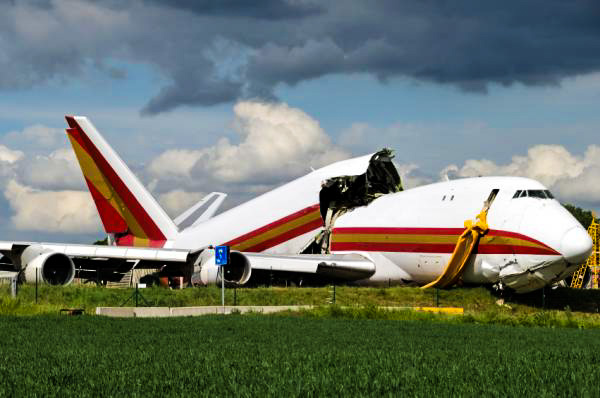A review by Sofema Aviation Services www.sassofia.com
Developing logical and clearly understood recommendations is an essential undertaking during the culmination of the accident investigation process. It is important to ensure that all recommendations are fully supported by analysis and findings within the body of the report.
The purpose of the investigation is to uncover both the immediate causes together with any underlying or root causes being uncovered in the process. Root causes may be indicators of system exposures (systemic exposures) which we should try to validate if possible.
The most effective safety improvements may be delivered when the methodology selected allows the investigator to uncover ‘root causes’ or ‘underlying causes’ rather than just the immediately apparent causes.
As we have discussed there are a number of tools which can be used and which are available to support the investigators activities related to determining he underlying causes.
Basic techniques consist of direct method which accepts the accident as the end result which follows a sequence of events occurring in a specific order.
A sequential accident model recognizes the accident as an unexpected, unintentional event which subsequently leads to an unwanted outcome caused by one or more preceding events. In this scenario there is clear causality as well as identifiable cause-effect links
A third type of accident scenario is often the result of multiple factors which can be either present – exposed or hidden (latent) factors. Such models may focus predominantly on deviation rather than unsafe acts, as well as on environmental conditions that can lead to the observed deviation. The Swiss-cheese model of incident causation first proposed by Reason is an example of this type of model to understand incident causation (also known as “epidemiological” models)
The process of performing analysis using systemic techniques focus on the characteristic performance of the system as a whole.
Incident investigation and analysis is a critically important step in our efforts to learn from mistakes and to take the necessary steps to reduce exposure.
To understand not only the “What” (What went wrong), but also the “Why” (Why it went wrong), together with the proposed mitigations to prevent reoccurrence.
Ideally the objective is to not only focus on the significance of the event – potential exposure and possible negative outcomes as well as the potential for learning lessons from the event.
Consider the following when developing recommendations
Focus on relevant issue avoid issues of minor significance and concentrate on the areas which will provide the maximum benefit (think – return on investment!)
Recommendations should also be seen as cost effective and should be achievable in the context of “normal” – consider that the greater the threat the more willingness to embark on recommended mitigations.
Recommendations should be validated with business process owners and representatives to ensure that they are worthwhile in the real world and will “add value” to the safety process. There may also be Alternate Means of Compliance (AMOC) so be prepared to employ lateral thinking to develop an effective solution.
For details of the available training related to Aircraft Accident Investigation please see www.sassofia.com or email office@sassofia.com





